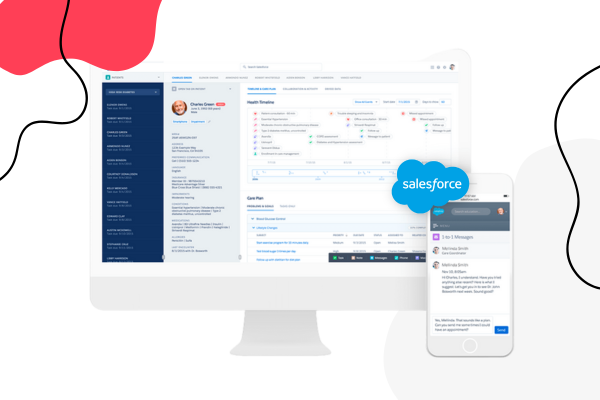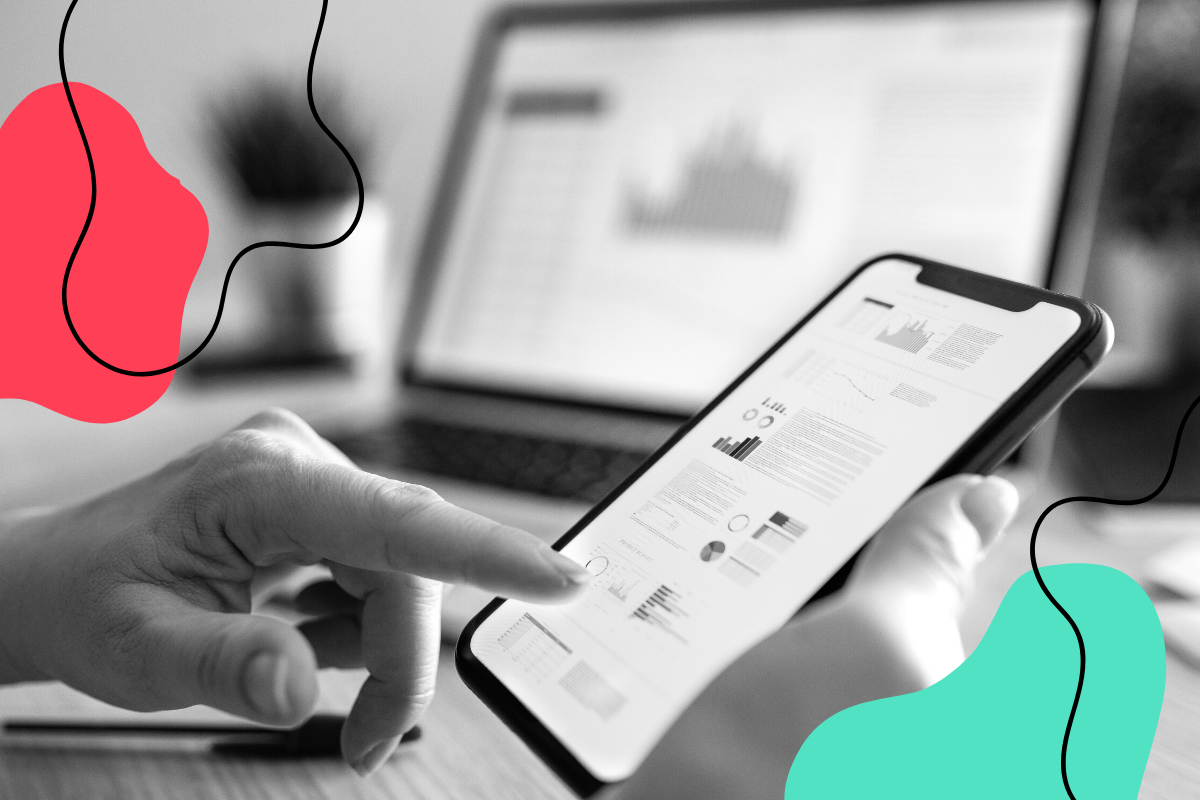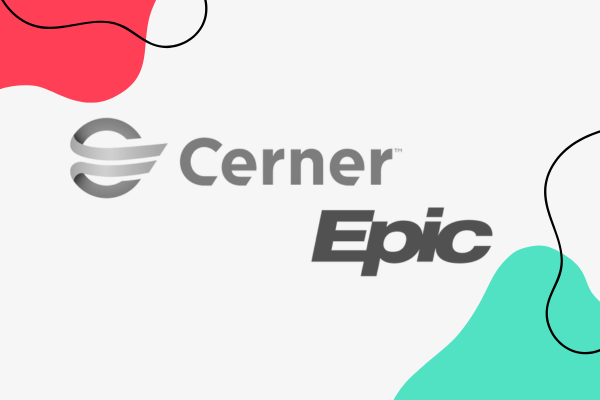Regulations, compliance, and data security in Digital Health
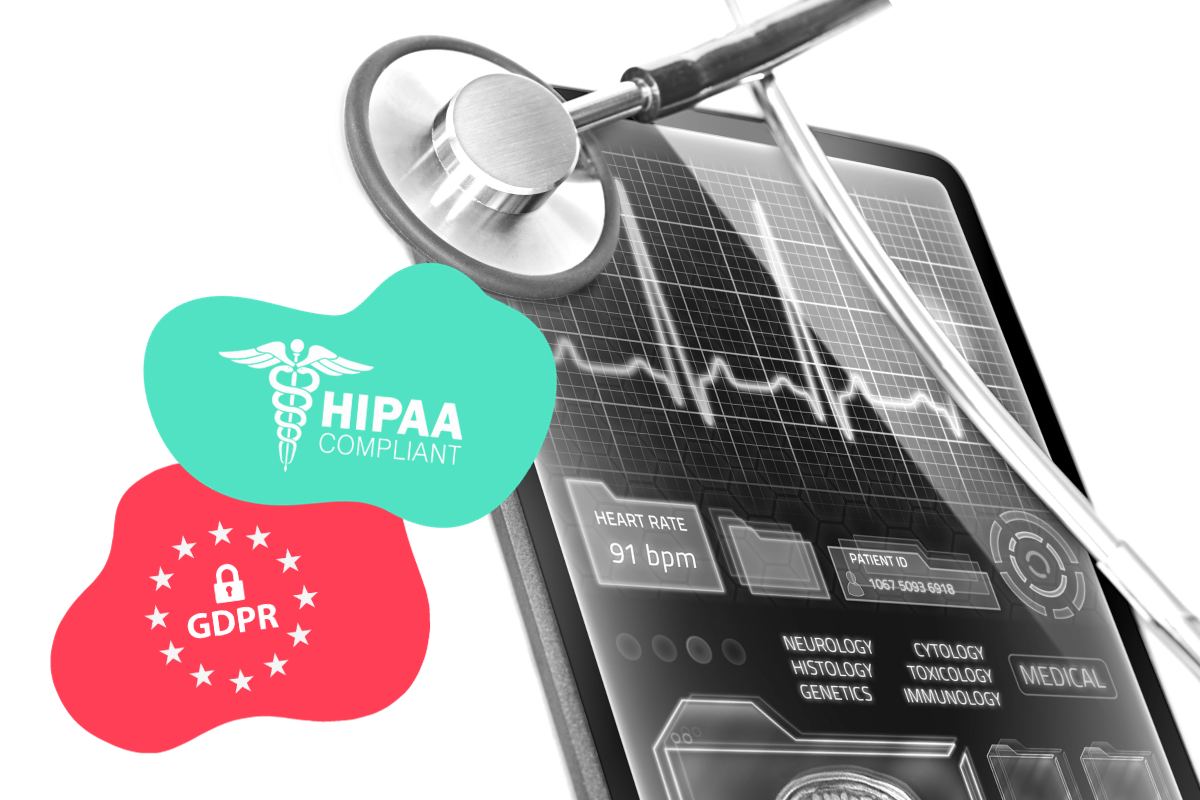
In the ever-evolving landscape of healthcare technology, the importance of data security cannot be overstated, particularly when it comes to the sensitive information that forms the backbone of patient care. As MedTech continues to advance, regulatory frameworks play a crucial role in not only maintaining the integrity and quality of the services provided but also in fortifying the trust that patients place in these digital health systems. With recent shifts toward more patient-centric models, individuals are gaining unprecedented control over their personal health data, marking a transformative era in healthcare where empowerment and privacy go hand in hand.
Data security standards in the healthcare sector in the USA and Europe share some common principles, but there are also differences due to variations in regulatory frameworks and data protection laws. Let’s explore data security standards in both regions!
United States 🇺🇸
HIPAA
HIPAA is the acronym of the Health Insurance Portability and Accountability Act. HIPAA sets the standard for protecting sensitive patient data, including electronic protected health information (ePHI). Covered entities, such as healthcare providers, health plans, and healthcare clearinghouses, must adhere to HIPAA’s Privacy Rule and Security Rule to ensure the privacy and security of patient data.
HITECH Act
The Health Information Technology for Economic and Clinical Health (HITECH) Act extends HIPAA’s security and privacy requirements to business associates and strengthens penalties for non-compliance. It also promotes the adoption of electronic health records (EHRs) and meaningful use of health information technology.
Europe 🇪🇺
GDPR
The General Data Protection Regulation is a comprehensive data protection regulation that applies to all industries, including healthcare. It provides a high level of data protection for individuals in the European Union (EU) and European Economic Area (EEA). Digital health companies that process personal health data must comply with GDPR’s stringent requirements, such as obtaining explicit consent, data portability, and the right to be forgotten.
eHDS
The eHealth Digital Services (eHDS) Directive, part of the broader EU eHealth Action Plan, sets out specific rules for the cross-border exchange of electronic health records and online patient summaries. It aims to facilitate the secure sharing of health data across EU member states.
eIDAS
eIDAS stands for “Electronic Identification, Authentication and Trust Services,” and it is a regulation in the European Union (EU) that aims to create a framework for electronic identification and trust services. eIDAS was adopted in 2014 and became fully applicable in 2018. Its primary goal is to facilitate and secure electronic transactions and interactions within the EU by providing a legal framework for electronic identities and electronic signatures.
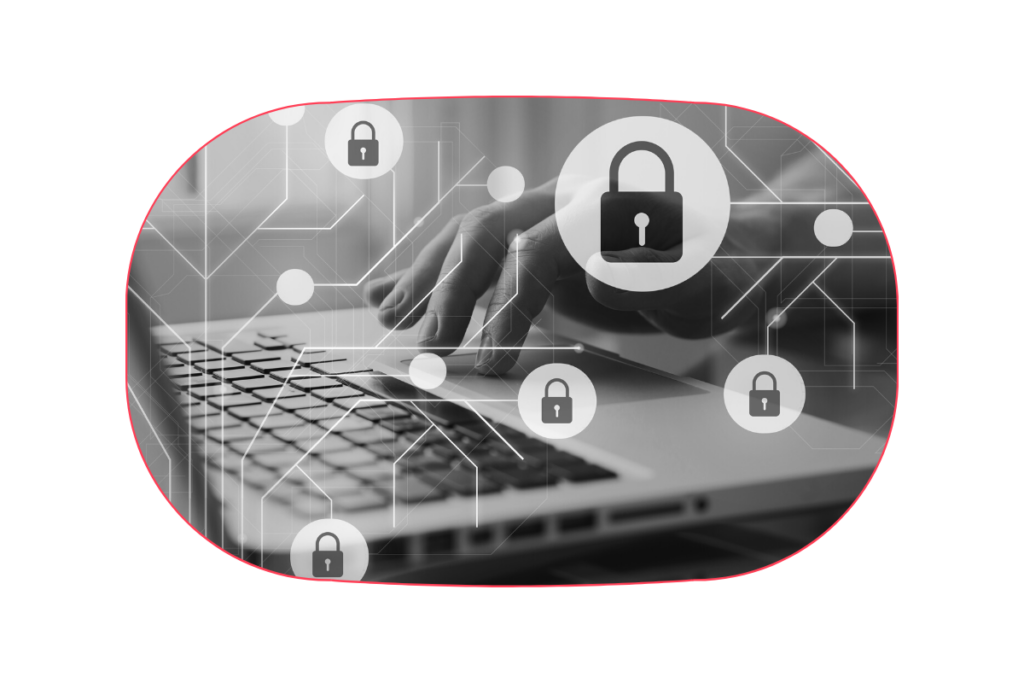
What are the similarities?
- Data encryption
Both the USA and Europe emphasize the use of encryption to protect sensitive health data during transmission and storage.
- Access controls
Both regions require robust access controls to restrict unauthorized access to patient records, including role-based access, authentication, and authorization mechanisms.
- Breach notification
Both HIPAA and GDPR mandate the reporting of data breaches to relevant authorities and affected individuals within a specified timeframe.
What are the biggest differences?
- Scope
HIPAA primarily covers healthcare providers, health plans, and clearinghouses, while GDPR applies to a broader range of organizations, including HealthTech companies, that process personal data, including health data.
- Consent
GDPR generally places more emphasis on obtaining explicit consent from individuals for data processing, including health data. HIPAA doesn’t require explicit consent but mandates patient authorization in some cases.
- Penalties
GDPR imposes much higher fines for non-compliance, with fines of up to €20 million or 4% of the company’s global annual turnover, whichever is higher. HIPAA fines are generally lower in comparison.
- Data portability
GDPR includes the right to data portability, allowing individuals to request and receive their health data in a structured, machine-readable format.
In summary, both the USA and Europe prioritize data security in the digital health sector. However, GDPR is more comprehensive and places a stronger emphasis on individual rights and consent, while HIPAA is more specific to healthcare entities and places a significant focus on administrative and technical safeguards. Companies operating in both regions must navigate the differences and adhere to the applicable standards and regulations to ensure compliance and data protection.
The future landscape for data security in healthcare
Healthcare data breaches have become more frequent and severe. Interesting data, that in 2021, these breaches impacted 45 million Americans, marking a 32% increase from 2020 and a staggering 221% rise since 2018. The healthcare sector has become an attractive target for hackers seeking to exploit and profit from private data.
The future of data security in healthcare is shaped by several key trends and considerations. As technology continues to advance and healthcare data becomes increasingly digital, data security in the healthcare sector is evolving to address these developments. Here are some key aspects of the future landscape of data security in healthcare:
- Rapid digital transformation
Healthcare is undergoing a rapid digital transformation, with the widespread adoption of electronic health records (EHRs), telemedicine, wearable health devices, and other health technologies. This digital shift creates new opportunities but also introduces new security challenges, such as securing patient data on various interconnected devices and platforms.
- AI and Machine Learning security
Artificial intelligence (AI) and machine learning (ML) are being integrated into healthcare systems for tasks like diagnostics and predictive analytics. Ensuring the security and privacy of the data used for AI/ML is a growing concern, as these algorithms rely on vast amounts of data.
- IoT devices and edge computing
The Internet of Things (IoT) in healthcare includes a range of medical devices, sensors, and wearables. Protecting these devices and their data, especially at the edge (close to the data source), is becoming crucial for data security.
- Data interoperability
To improve patient care and outcomes, healthcare organizations are working on data interoperability, allowing different systems to share and access patient information seamlessly. Data security efforts must ensure that this sharing is done securely.
- Cloud computing
Many healthcare organizations are migrating to cloud-based solutions to store, manage, and process healthcare data. This shift brings the need for robust cloud security practices and ensuring data protection in the cloud.
- Cybersecurity threats
As healthcare data becomes more valuable, it is increasingly targeted by cybercriminals. Data breaches, ransomware attacks, and other cyber threats pose significant risks to patient data. Healthcare entities need to remain vigilant and have strong cybersecurity defenses in place.
- Regulatory and compliance changes
Regulatory frameworks, such as the General Data Protection Regulation (GDPR) in Europe and the Health Insurance Portability and Accountability Act (HIPAA) in the United States, continue to evolve. Healthcare organizations must stay compliant with these regulations and adapt to changes in data security requirements.
- Patient data ownership and consent
Patients are gaining more control over their health data. In the future, data security practices may need to accommodate patient preferences regarding data sharing, consent, and data ownership.
- Blockchain technology
Blockchain has the potential to enhance data security and integrity in healthcare by creating an immutable and transparent ledger for healthcare records and transactions. This technology is being explored as a means to secure patient data.
- Data Security Education and Training
Ensuring that healthcare professionals are well-educated and trained in data security practices is essential. Human error remains a significant factor in data breaches, so awareness and education are key components of data security.
In the future, data security in healthcare will continue to evolve to address these challenges and opportunities. Healthcare organizations must stay at the forefront of technological advancements while implementing robust security measures to protect patient data and maintain trust in the healthcare system. Data security will remain a top priority in the healthcare sector, given the sensitivity and importance of healthcare information.

